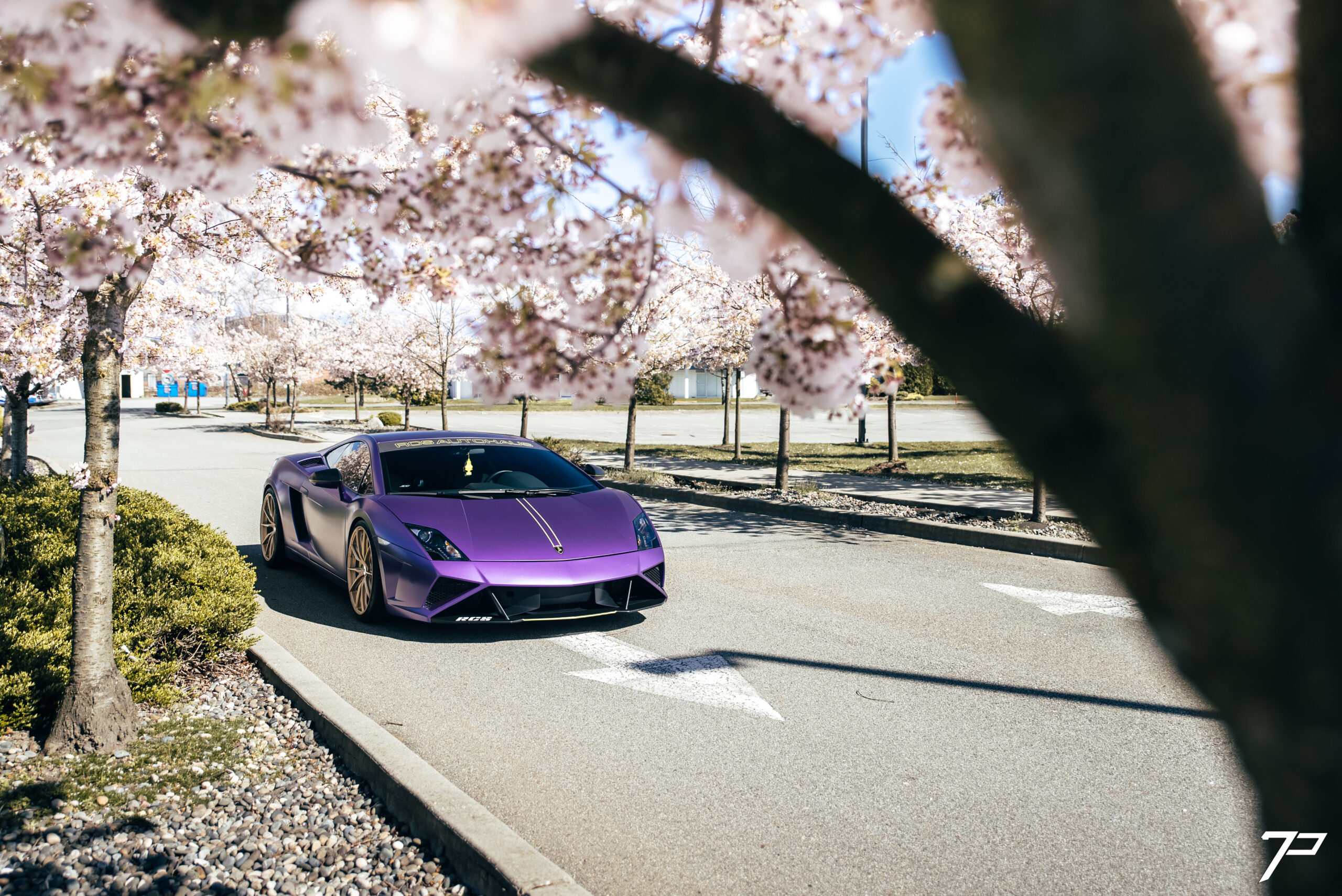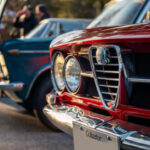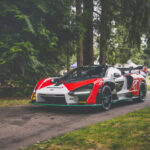Gallardo. One of the best-selling exotics, born during company turmoil for the new age of fighting bulls. Hand built, approachable, and completely steered the once financially struggling company into the new era of super car.

Named after a famous breed of fighting bulls, the Gallardo’s origins begin in 1987 as a replacement to the aging Jalpa, a previously refreshed platform of “The Silhouette”. This was done while Lamborghini was under the Chrysler Corporation’s ownership. Two prototypes were penned, the first known as the P140 was styled by Marcello Gandini, a name synonymous with early Lamborghini designs. His design, derivative of the Diablo, used aluminum extensively in the construction, as well as a new “ergonomic dash”. The second prototype, named the Cala, was fashioned by famous designer Giorgetto Giugiaro of Italdesign, which notably was styled in a more curvaceous design, instead of the more wedge shape we know Lamborghini to use today. Both Prototypes never saw regular production due to the Gulf Oil Crisis, and current owners of Lamborghini at the time being unable to move it forward with a full production run considering the economic climate.


Enter 1998. The Volkswagen group acquires Lamborghini. While the current Diablo was a great halo car to have, there wasn’t an entry level machine available to those who wanted to own a bull. Taking inspiration from both prototypes, as well as Volkswagen’s proven engineers, a new entry level super car was to be made. After 15 years since the Jalpa, an all-new approachable exotic was born, with a body made of a lightweight, cost effective aluminum. A Lamborghini 5.0L V10, mated to either a 6 speed manual or “e-gear” transmission that fed all 4 wheels 490+ HP. As tested at the time by many groups, the car was able to make the sprint to 100km/h under 4.3 seconds (4.2 – 3.7 depending on trim, year and options) while being livable in exotic terms with no engine out services, and a comfortable interior. Later models of Gallardo were further blessed with sharp handling thanks to all 4 corners sporting double wishbone geometry, matched with Koni Suspension’s ACTIVE Technology, which uses special valves inside individual shocks to adjust performance on the fly and reduce harmonic vibrations to the chassis. Brembo supplied the massive brakes on all 4 corners. The Gallardo’s eventual hoorah came in 2014 after a production run of 14,022 units during its 10 year production run, replaced by the modern Huracan as the entry-range Lamborghini. The final manual transmission Lamborghini ever produced happens to be a Gallardo LP560-2 50th Anniversario as the ability to shift your own gears was ditched in favour of performance.

Many special models were created through out its 10 year nameplate, including the one owned by RCS Autohaus. This one is known as a “Final edition”, a 2014 Gallardo LP560-4. Powering this bull is the second generation of the Audi derived V10, not to be confused with 5.0 litre versions in earlier cars. The 5.2 litre unit here shares its base with the 4.2 litre V8s that power Audi’s big saloons. The 90-degree 10 cylinder employs four valves per cylinder, variable valve timing and lift, 12.5:1 compression, stratified fuel injection and dry-sump lubrication housed in a die-cast aluminum block/cylinder heads topped off with a magnesium intake manifold. Putting the power down to all four wheels by a viscous coupling through the E-Gear Automated Manual Transmission. The combination from factory can deliver 553hp and 398lb/ft of torque in this updated model, sending the bull through the ¼ mile at a possible 11.2 seconds.

For personal touches, RCS had a set of custom ordered Satin Gold HRE P104SC Wheels wrapped in Michelin rubber, as well as many other unique touches throughout the vehicle. Once purple, now more recently black thanks to the power of wraps, as well as a tune from VF Engineering to make sure this is one bull not afraid to stretch its legs.







